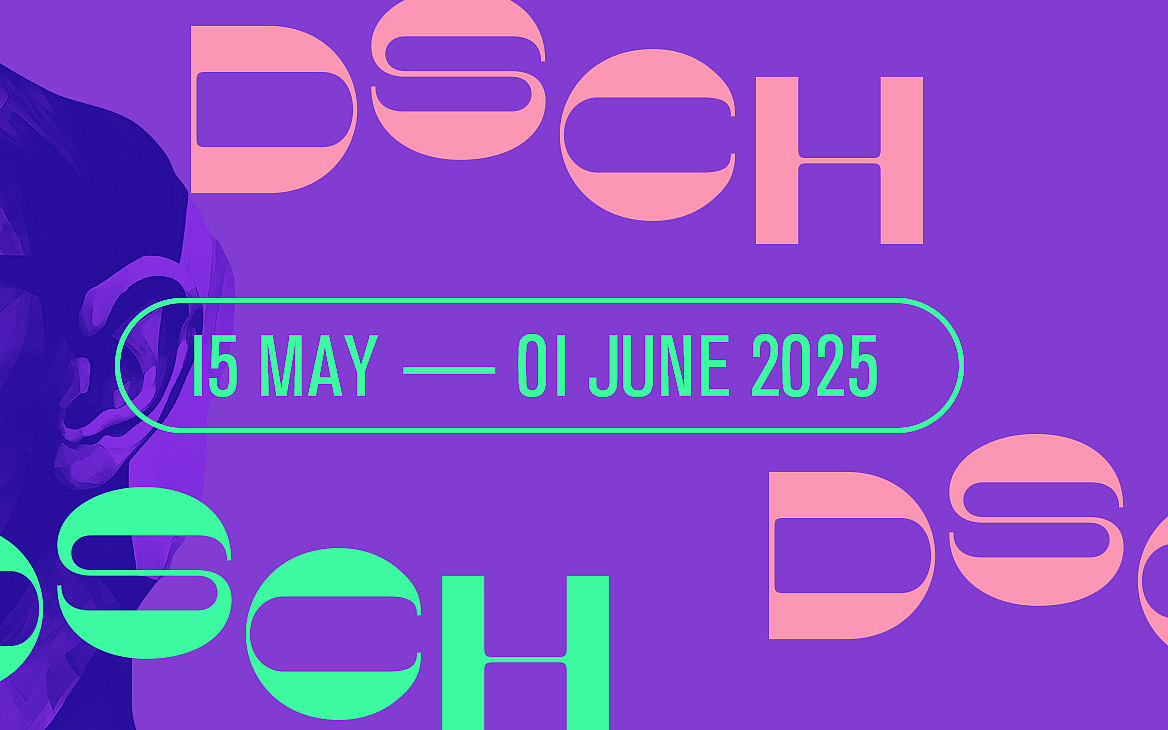The Gewandhausorchester: from town band to institution of international renown
The earliest roots of the Gewandhausorchester can be traced as far back as 1479. In this year Leipzig City Council appointed three musicians - Kunstpfeifer ('artistic pipers') - as municipal employees. This small ensemble remained in civic service until 1840, by which time their number had increased to seven. The musicians played a central role in Leipzig's cultural life, performing at functions in the City Hall, providing the musical accompaniment for services in the city's churches and participating in theatre productions, as well as forming a part of the orchestra of the Große Concerte ('Grand Concerts').
The ensemble of the Große Concerte: a half student orchestra
The concert enterprise Großes Concert was founded in 1743 by a society comprising both nobility and regular citizens alike - the first venture of its kind in Leipzig. The original Große Musicalische Concerte were held in the more spacious of homes of Leipzig society. The concerts' popularity soon, however, necessitated the hire of a hall in the hostelry Zu den drei Schwanen. For over thirty years, this inn played host to those citizens of Leipzig who could afford the society's substantial annual membership fee, from which the musicians were renumerated. The original orchestra comprised sixteen musicians, half of whom were professionals (including the Kunstpfeifer), half students at the city's university.
The year 1766 saw the opening of the nearby Komödienhaus ('Comedy House'). The theatre employed no musicians and ensemble of its own, rather hosting itinerant theatrical and operatic troupes for which the Stadtmusiker (the City Musicians) were engaged as orchestra. As time passed and the demands of the theatrical productions increased, the orchestra was to be ever more frequently bolstered by the musicians of the Große Concerte. So began the gradual symbiosis of Leipzig's concert and theatre orchestras.
The Orchestra is granted its robes: the city's textile merchants play host
At this time, the Gewandhaus (Gewand = robe), the trading house of the city's textile merchants, had no use for a substantial part of the upper floor of the building. On the initiative of the mayor, this space was converted into a concert hall. In November 1781, the first Gewandhauskonzert took place. The audience consisted of the members of the society which had promoted the concerts in the inn; the 32-man orchestra comprised the musicians who had given the Große Concerte, the majority of whom were, by this time, also employed regularly by the theatre. The orchestra of these Gewandhaus Concerts, therefore, soon became known as the 'Gewandhaus and Theatre Orchestra'.
In 1789, Wolfgang Amadeus Mozart travelled to Leipzig in order to give a concert in the Gewandhaus. By this time, the hall was well established as the centre of Leipzig's concert life and would remain so for the subsequent 100 years. The nine symphonies of Ludwig van Beethoven received their first performance as a complete cycle worldwide during the composer's lifetime in the 1825/26 season. Felix Mendelssohn Bartholdy's celebrated tenure as Gewandhauskapellmeister (conductor and music director of the Gewandhausorchester) began in 1835. His Scottish Symphony and Violin Concerto in E minor were both premiered in the Gewandhaus. Mendelssohn also conducted the first performances of symphonies of Robert Schumann and of Franz Schubert's C major Symphony The Great. In later years, both Richard Wagner's Meistersinger Prelude (1862) and Johannes Brahms’ Violin Concerto (1879) received their world premieres in the Gewandhaus, conducted in both cases by the composers themselves.
History
-
1743
Founding of the Orchestra with the inception of the Großes Concert
-
1781
Inauguration of the Orchestra's first genuine home, the Gewandhaus, from which the Orchestra's name was to derive
-
1786
Reciprocal agreement signed by the members of the Orchestra
-
1840
Declaration as "civic orchestra
-
1916
First foreign tour to Switzerland
-
1931
First European tour
-
1960
First tour of Japan
-
1974
First tour of the USA
-
1980
First tour of South America
-
2003
First tour of Australia
Die Gewandhauskapellmeister
| 1781-1785 | Johann Adam Hiller | 1. Gewandhauskapellmeister |
| 1785-1810 | Johann Gottfried Schicht | 2. Gewandhauskapellmeister |
| 1810-1827 | Johann Philipp Christian Schulz | 3. Gewandhauskapellmeister |
| 1827-1835 | Christian August Pohlenz | 4. Gewandhauskapellmeister |
| 1835-1847 | Felix Mendelssohn Bartholdy | 5. Gewandhauskapellmeister |
| 1841/1842,1852-1854 | Ferdinand David | 6. Gewandhauskapellmeister |
| 1843/1844 | Ferdinand Hiller | 7. Gewandhauskapellmeister |
| 1844-1848 | Niels Wilhelm Gade | 8. Gewandhauskapellmeister |
| 1848-1860 | Julius Rietz | 9. Gewandhauskapellmeister |
| 1860-1895 | Carl Reinecke | 10. Gewandhauskapellmeister |
| 1895-1922 | Arthur Nikisch | 11. Gewandhauskapellmeister |
| 1922-1928 | Wilhelm Furtwängler | 12. Gewandhauskapellmeister |
| 1929-1933 | Bruno Walter | 13. Gewandhauskapellmeister |
| 1934-1945 | Hermann Abendroth | 14. Gewandhauskapellmeister |
| 1946-1948 | Herbert Albert | 15. Gewandhauskapellmeister |
| 1949-1962 | Franz Konwitschny | 16. Gewandhauskapellmeister |
| 1964-1968 | Václav Neumann | 17. Gewandhauskapellmeister |
| 1970-1996 | Kurt Masur | 18. Gewandhauskapellmeister |
| 1998-2005 | Herbert Blomstedt | 19. Gewandhauskapellmeister |
| 2005-2016 | Riccardo Chailly | 20. Gewandhauskapellmeister |
| from season 2017/2018 | Andris Nelsons | 21. Gewandhauskapellmeister |


